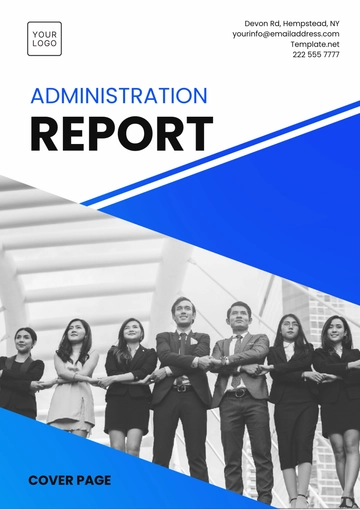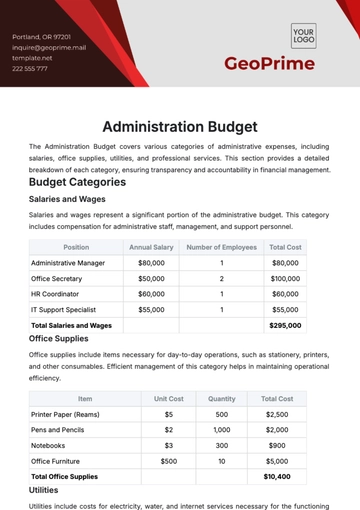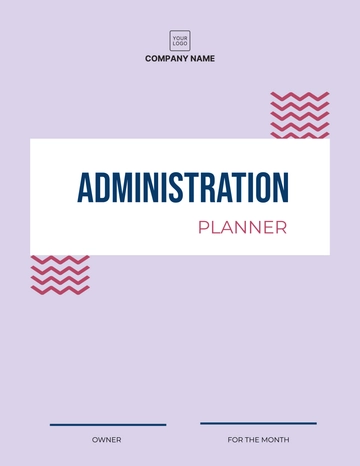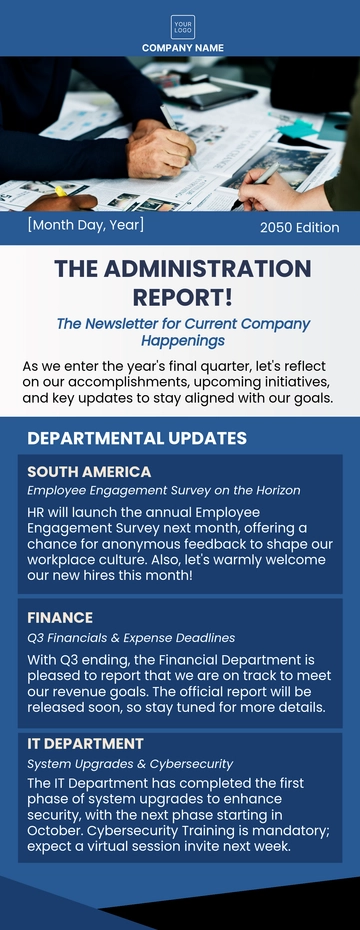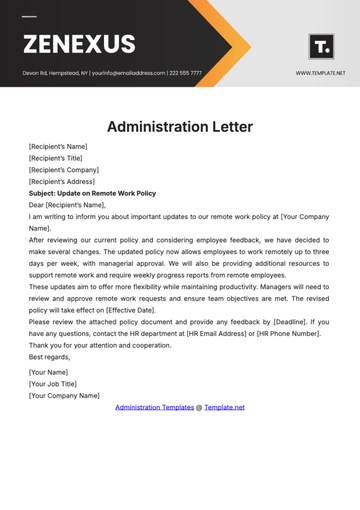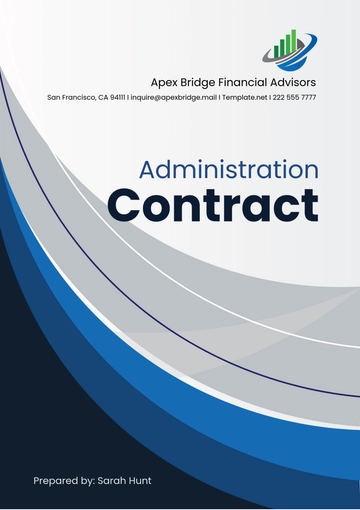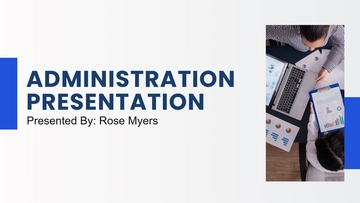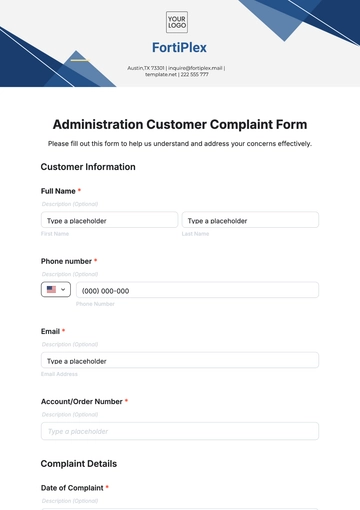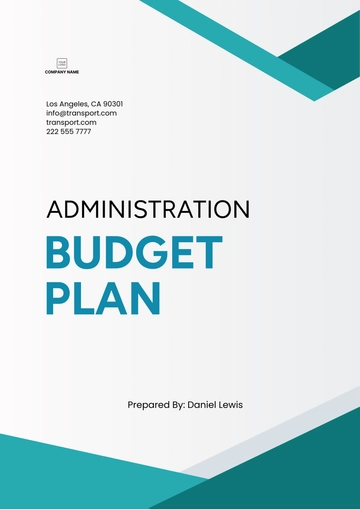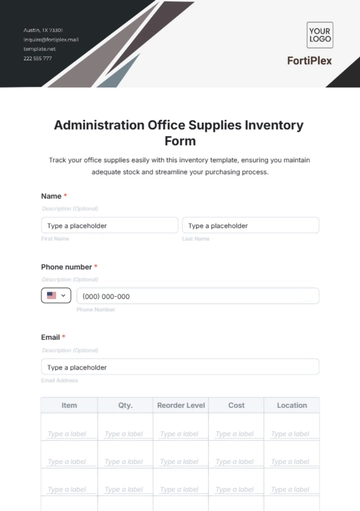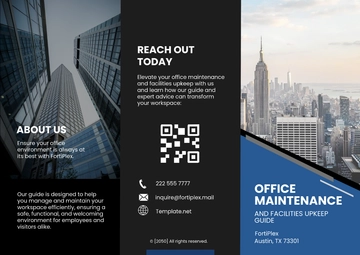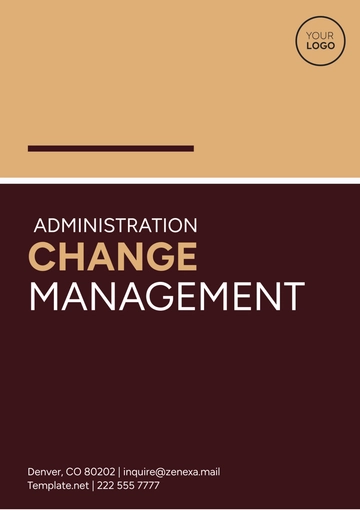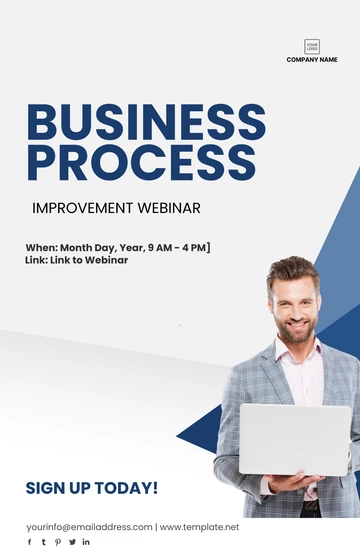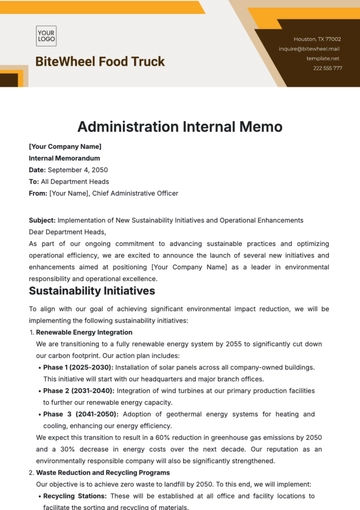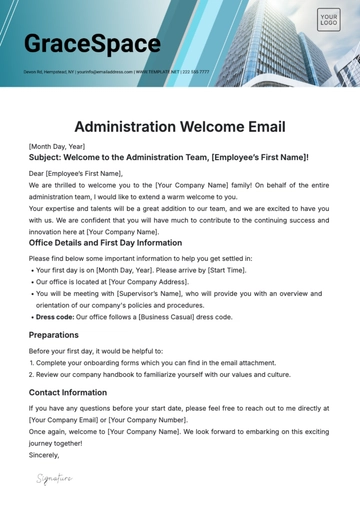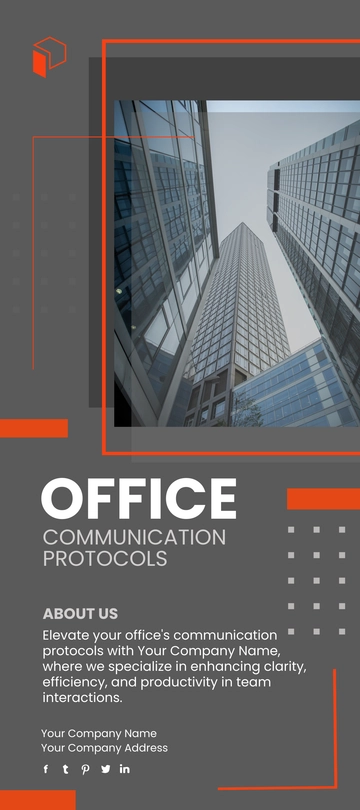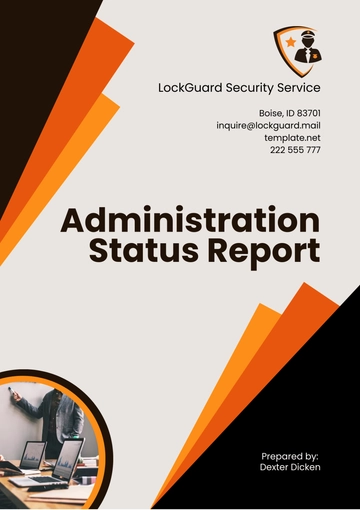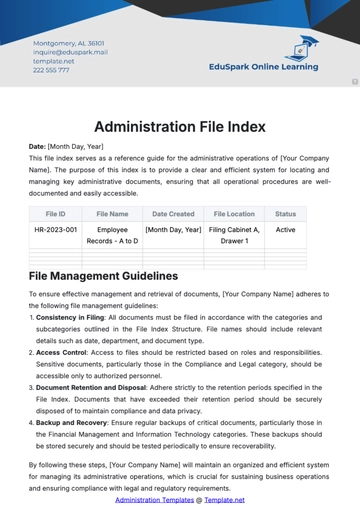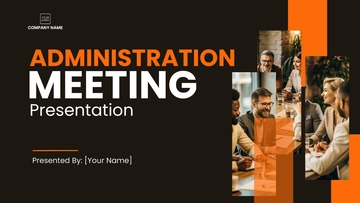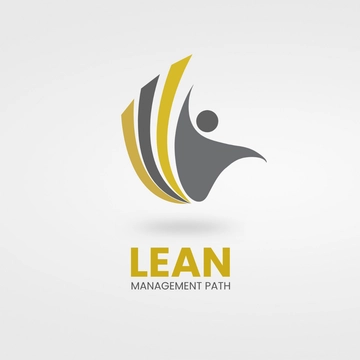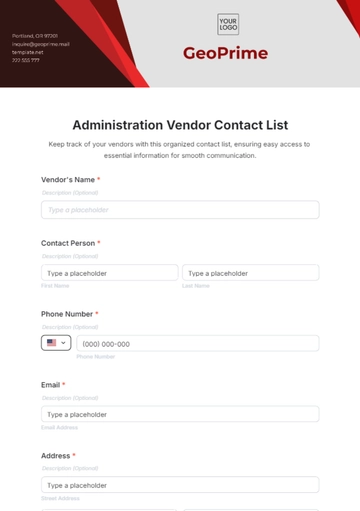Free Administration Meeting Case Study
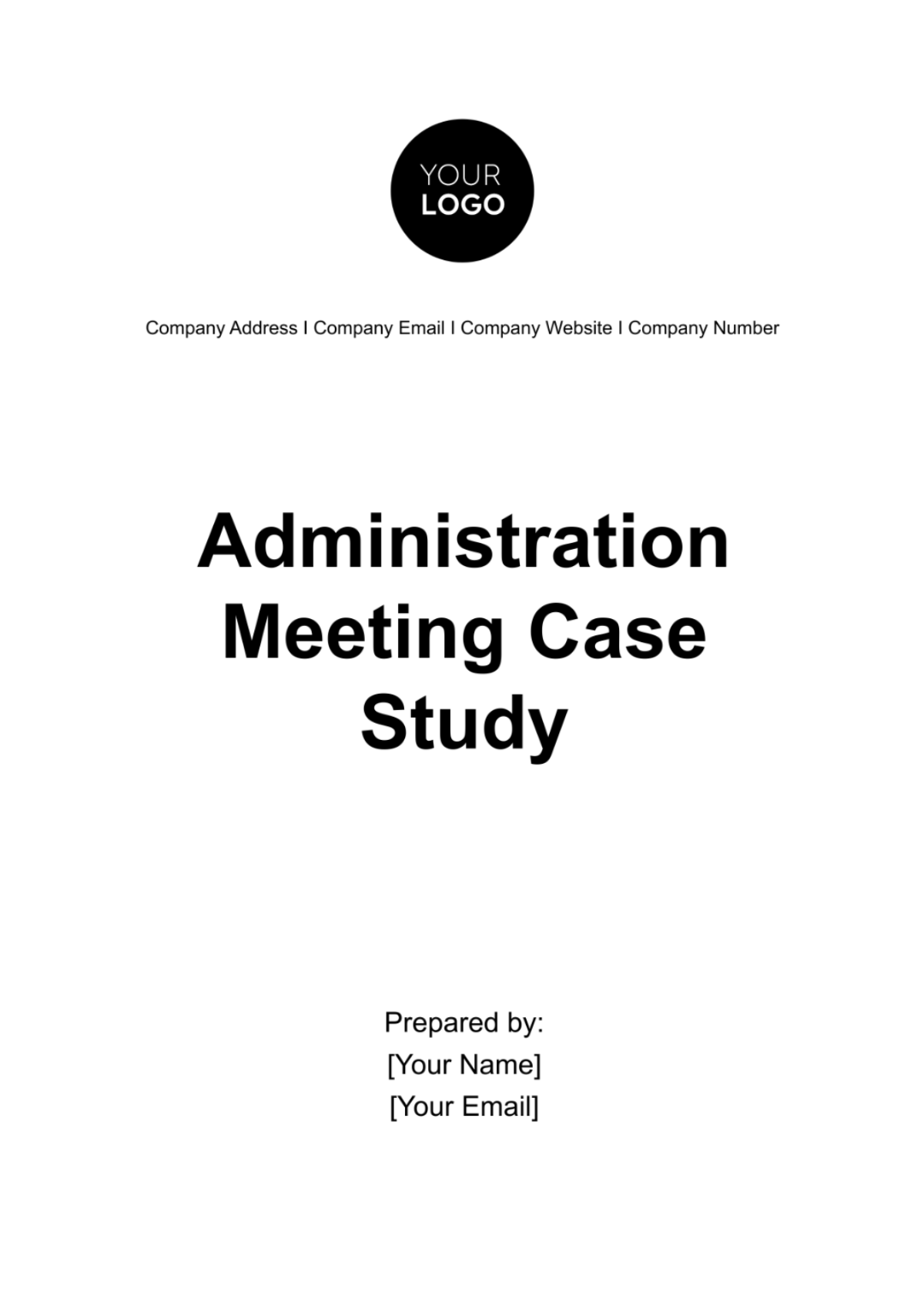
In this case study, we delve into the quarterly budget review meetings conducted by the Finance Department of [Your Company Name]. These meetings serve as pivotal checkpoints for assessing the company's financial health, guiding resource allocation decisions, and aligning financial strategies with organizational goals.
Our goal is to scrutinize the effectiveness of our meetings in order to pinpoint potential areas that can be improved, with the ultimate objective of boosting the overall efficiency of the entire budgeting process. Considering the pivotal role that financial management plays in not only maintaining but also propelling the growth of business operations, it becomes absolutely essential to perfect these meetings. Therefore, the optimization of these processes is a priority that represents a cornerstone for the long-term success of [Your Company Name].
I. Background
[Your Company Name], a leading player in the technology sector, operates in a dynamic and competitive market landscape. The Finance Department, responsible for overseeing budget planning and financial reporting, plays a central role in ensuring the company's fiscal stability and growth. Quarterly budget review meetings are integral to this process, providing a structured forum for evaluating financial performance, addressing variances, and making strategic adjustments.
These meetings entail a process of collaboration and mutual decision-making. The individuals involved in this interaction include finance managers, heads of different departments, and senior leaders from the company's top direction. The key objective guiding these meetings is to align budgetary decisions with the broader corporate objectives in view. They also sufficiently take into consideration the realities of the prevailing market conditions for making these decisions.
II. Methodology
For this case study, a qualitative approach was adopted, combining direct observation of three consecutive quarterly budget review meetings with in-depth interviews with key stakeholders. Meetings were assessed based on predefined criteria, including agenda adherence, participant engagement, decision-making processes, and outcomes.
The use of this mixed-methods approach provided us with the opportunity to gain a detailed and comprehensive understanding of the dynamics and effectiveness of the meetings. This holistic view enabled us to scrutinize every aspect meticulously and derive substantial insights which could be realistically utilized for bringing enhancements and improvements to the process.
III. Meeting Details
In this section, we present essential details of the quarterly budget review meeting held on [Month Day, Year]. This table provides a snapshot of the meeting's structure, including date, time, agenda items, attendees, and format. Please refer to this table for a quick reference to the meeting's logistics and key elements.
Date: | [Month Day, Year] |
Time: | 9:00 AM - 12:00 PM |
Duration: | 3 hours |
Agenda Items: | Review of Q3 financial performance |
Discussion of budget variances | |
Identification of cost-saving opportunities | |
Decision-making on budget adjustments | |
Attendees: | Finance Director |
Finance Managers from each division | |
Department Heads | |
CFO (occasionally) | |
Format: | Virtual meeting via video conferencing platform |
IV. Analysis
Overall, the quarterly budget review meetings demonstrated effectiveness in reviewing financial performance and identifying variances. However, challenges were observed in decision-making processes, characterized by lengthy discussions and sometimes ambiguous outcomes. Communication among participants was generally clear, but opportunities for deeper engagement and diverse perspectives were identified. Technical issues with the virtual meeting platform occasionally disrupted the flow of discussions, highlighting the importance of robust technology infrastructure in facilitating remote collaboration.
Aspect | Observations |
|---|---|
Effectiveness | The meetings effectively reviewed financial performance and identified variances. However, decision-making processes were occasionally delayed by lengthy discussions. |
Communication and Collaboration | Communication among participants was generally clear, but deeper engagement and diverse perspectives were lacking. |
Challenges | Technical issues with the virtual meeting platform occasionally disrupted discussions, highlighting the importance of robust technology infrastructure. |
V. Findings
While the meetings effectively facilitated cross-departmental collaboration and transparency in financial reporting, improvements are warranted in decision-making processes and follow-up actions. Key strengths include the fostering of collaboration among stakeholders and the promotion of transparency in financial reporting. However, weaknesses such as unclear priorities and a lack of follow-up actions hindered the efficiency of the meetings. Addressing these weaknesses will be crucial in optimizing the effectiveness of future meetings and enhancing overall organizational performance.
Strengths |
|
Weaknesses |
|
Areas for Improvement |
|
VI. Recommendations
To effectively tackle the challenges that have been pinpointed and further build upon existing strengths, we have drafted a number of recommendations. One of the most significant suggestions is the development of a standardized agenda template. This will serve as a useful tool in ranking the importance of various discussion topics that need to be addressed. Along with this, such a systematic approach will also assist in designating an adequate amount of time that should be allotted for decision-making processes. This can, in turn, ensure the efficient functioning of any meeting or discussion session, by balancing time management and prioritizing the most necessary topics of discussion.
Additionally, establishing clear roles and responsibilities for participants, including follow-up actions and accountability measures, will enhance the effectiveness of the meetings. Furthermore, providing training sessions for finance managers and department heads on meeting facilitation skills will promote more efficient communication and decision-making processes.
VII. Implementation Plan
In order to put into effect the advised modifications, we will be putting into action a comprehensive plan that will span across different stages. This strategy ensures that the implementation process is gradual and does not disrupt the current operations. The first step in the phased approach is to create a new agenda format which aligns to the recommended changes. This newly redesigned agenda will be carefully developed, taking into account the feedback and recommendations that have been presented. Once it is ready, it will be widely circulated to all stakeholders, ensuring all parties involved are aware of the new structure in advance. This distribution phase is scheduled to take place before the next quarterly meeting.
Following this, we will further support the transformation process through targeted training sessions designed for finance managers as well as department heads. We understand the need for enhanced skills in meeting facilitation, and the proposed training sessions will address this need. Scheduled to occur within the approaching two months, these sessions aim to provide these key personnel with the necessary tools and skills to incorporate the changes smoothly into the company's operations.
By continuously monitoring the progress of the proposed changes and regularly soliciting feedback from the participants, we can ensure that the implementation of the changes is effective. This also guarantees that these changes are sustained and maintained over a long period of time. This monitoring and solicitation process will play a critical role in not just implementing the changes, but also in ensuring their efficiency and longevity.
VIII. Conclusion
In conclusion, this case study underscores the importance of continuously evaluating and improving administrative meetings to enhance organizational effectiveness. By implementing the recommended changes, [Your Company Name] can streamline its budget review process, foster more informed decision-making, and ultimately align financial resources with strategic objectives.
As we continue to move forward, it will become increasingly crucial to maintain a regular system of monitoring and refining our meeting practices. This persistent vigilance and effort to improve are essential if we want to not only sustain the enhancements we've achieved so far but also fuel our long-term success. The pathway to overall success heavily relies on these ongoing adjustments and advancements, marking them as indispensable components of our forward-moving operations.
- 100% Customizable, free editor
- Access 1 Million+ Templates, photo’s & graphics
- Download or share as a template
- Click and replace photos, graphics, text, backgrounds
- Resize, crop, AI write & more
- Access advanced editor
Explore peak efficiency with the Administration Meeting Case Study Template from Template.net. Crafted for optimal results, this editable and customizable template ensures seamless analysis. Elevate your documentation using the AI Editor Tool, simplifying your case study creation process. Drive success through well-structured insights. Download now for a transformative meeting assessment experience.
